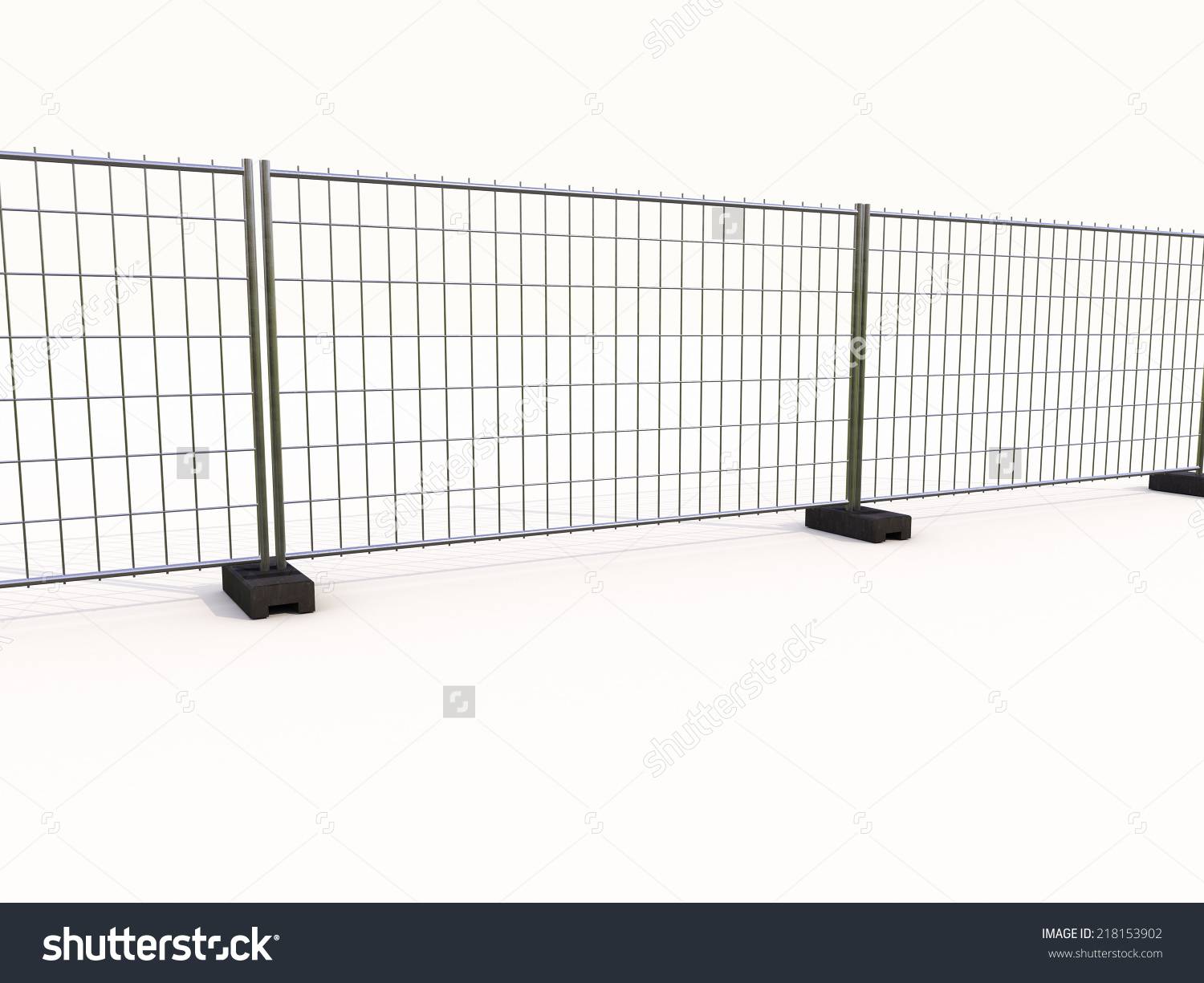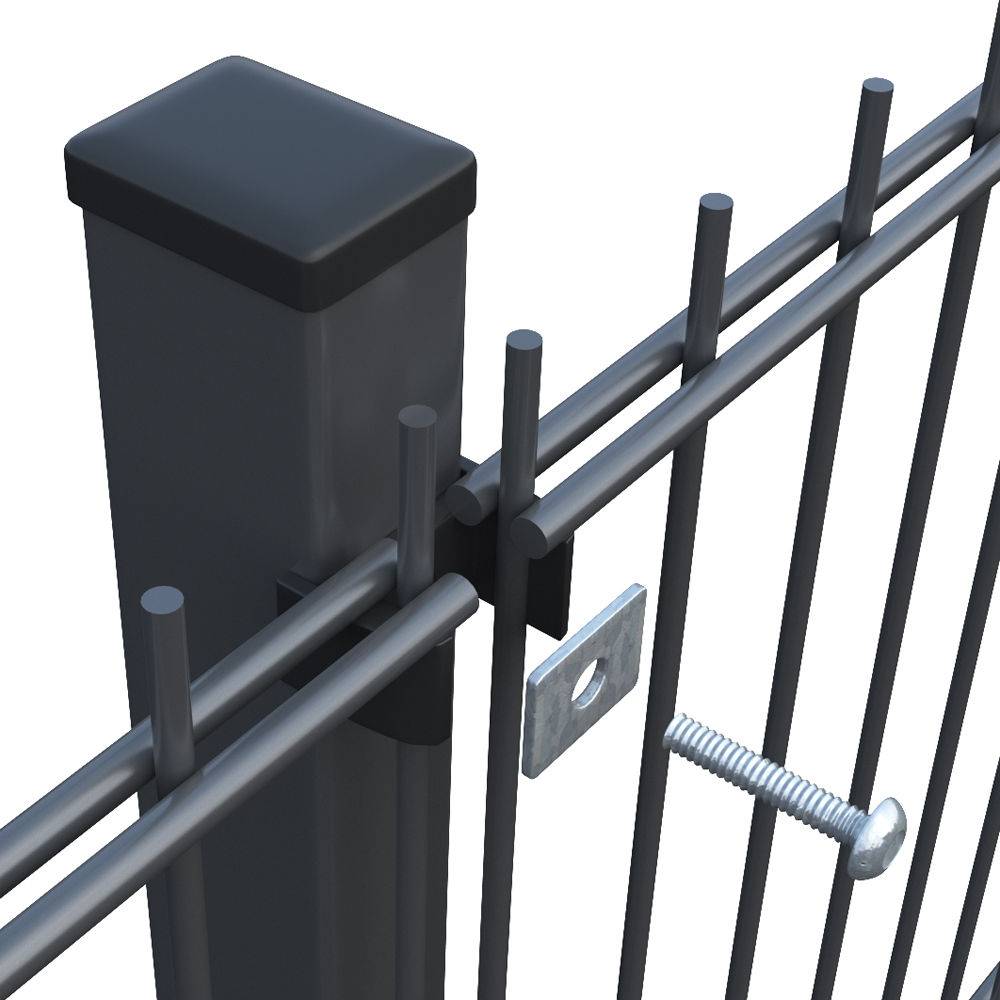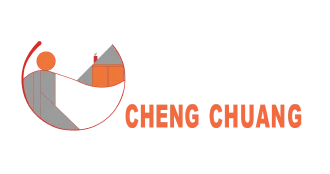

- Afrikaans
- Albanian
- Amharic
- Arabic
- Armenian
- Azerbaijani
- Basque
- Belarusian
- Bengali
- Bosnian
- Bulgarian
- Catalan
- Cebuano
- China
- China (Taiwan)
- Corsican
- Croatian
- Czech
- Danish
- Dutch
- English
- Esperanto
- Estonian
- Finnish
- French
- Frisian
- Galician
- Georgian
- German
- Greek
- Gujarati
- Haitian Creole
- hausa
- hawaiian
- Hebrew
- Hindi
- Miao
- Hungarian
- Icelandic
- igbo
- Indonesian
- irish
- Italian
- Japanese
- Javanese
- Kannada
- kazakh
- Khmer
- Rwandese
- Korean
- Kurdish
- Kyrgyz
- Lao
- Latin
- Latvian
- Lithuanian
- Luxembourgish
- Macedonian
- Malgashi
- Malay
- Malayalam
- Maltese
- Maori
- Marathi
- Mongolian
- Myanmar
- Nepali
- Norwegian
- Norwegian
- Occitan
- Pashto
- Persian
- Polish
- Portuguese
- Punjabi
- Romanian
- Russian
- Samoan
- Scottish Gaelic
- Serbian
- Sesotho
- Shona
- Sindhi
- Sinhala
- Slovak
- Slovenian
- Somali
- Spanish
- Sundanese
- Swahili
- Swedish
- Tagalog
- Tajik
- Tamil
- Tatar
- Telugu
- Thai
- Turkish
- Turkmen
- Ukrainian
- Urdu
- Uighur
- Uzbek
- Vietnamese
- Welsh
- Bantu
- Yiddish
- Yoruba

Noise Barrier Material High-Performance Quiet Barrier Soundproofing Solutions
- Understanding the Science Behind Noise Barrier Materials
- Critical Performance Metrics for Effective Soundproofing
- Technical Advantages of Modern Acoustic Solutions
- Comparative Analysis of Leading Material Manufacturers
- Customized Solutions for Diverse Environmental Needs
- Real-World Applications and Success Stories
- Future Trends in Noise Barrier Material Innovation

(noise barrier material)
Understanding the Science Behind Noise Barrier Materials
Noise barrier materials function by absorbing, reflecting, or diffusing sound waves. According to the National Institute for Occupational Safety and Health (NIOSH), industrial noise above 85 dB causes permanent hearing damage, driving demand for materials achieving 20-30 dB reduction. High-density thermoplastics and composite mineral wool dominate the $4.7 billion global market, projected to grow at 5.8% CAGR through 2030.
Critical Performance Metrics for Effective Soundproofing
Key parameters include Noise Reduction Coefficient (NRC), mass density, and fire resistance ratings. Materials like mass-loaded vinyl (MLV) achieve NRC 0.95 at 50kg/m³ density, outperforming standard gypsum boards (NRC 0.05). ASTM E413 and ISO 10140 standards govern testing protocols, with premium barriers demonstrating 99% sound transmission loss at 500-2000Hz frequencies.
Technical Advantages of Modern Acoustic Solutions
Hybrid materials combining recycled rubber (40-60% content) with polyurethane foam deliver 28% higher damping than legacy asphalt-based products. Patented nano-porous structures from manufacturers like AcoustiGuard® enable 360° sound wave cancellation, reducing highway noise to 62 dB – below WHO’s 65 dB threshold for residential areas.
Comparative Analysis of Leading Material Manufacturers
| Manufacturer | Material Type | Density (kg/m³) | NRC Rating | Service Life | Cost/m² (USD) |
|---|---|---|---|---|---|
| SoundShield Pro | Polymer Composite | 48 | 0.92 | 25 years | $38.50 |
| EcoBarrier | Recycled Rubber | 55 | 0.85 | 20 years | $29.75 |
| QuietSteel | Laminated Metal | 72 | 0.78 | 30+ years | $54.20 |
Customized Solutions for Diverse Environmental Needs
Industrial plants require 100mm-thick mineral wool barriers (STC 45), while urban developments utilize 6m-tall transparent polycarbonate walls with 0.88 NRC. Coastal installations demand salt-resistant coatings maintaining 94% acoustic performance after 15-year UV exposure.
Real-World Applications and Success Stories
The Berlin A100 highway project reduced traffic noise from 78 dB to 61 dB using 12,000m² of fiber-reinforced concrete panels. Boeing’s South Carolina facility decreased machinery noise by 31% through modular steel-rubber barriers, improving OSHA compliance from 72% to 98%.
Future Trends in Noise Barrier Material Innovation
Graphene-infused noise barrier material
s demonstrate 40% weight reduction while maintaining Class A fire ratings. Emerging piezoelectric composites convert 3-5% of absorbed sound energy into usable electricity, potentially revolutionizing sustainable urban infrastructure.

(noise barrier material)
FAQS on noise barrier material
Q: What are the most effective noise barrier materials for outdoor use?
A: Dense materials like mass-loaded vinyl (MLV), concrete, and composite foam are highly effective for outdoor noise barriers. They block airborne and impact sounds while being weather-resistant. Proper installation ensures long-term durability.
Q: How do quiet barrier soundproofing materials reduce indoor noise?
A: Materials like acoustic panels, soundproof drywall, and fiberglass insulation absorb and dampen sound waves. Layering these with airtight seals minimizes noise leakage. They are ideal for walls, ceilings, and floors in residential or office spaces.
Q: Can sound barrier materials block low-frequency noises like traffic?
A: Yes, heavy materials like concrete, MLV, or specialized rubberized barriers are effective against low-frequency sounds. Combining mass with decoupling techniques (e.g., air gaps) enhances performance for traffic or machinery noise.
Q: Are eco-friendly noise barrier materials available?
A: Recycled rubber, cork, and plant-based acoustic foams offer sustainable soundproofing. These materials reduce environmental impact while providing decent noise absorption. Always check certifications like LEED for eco-compliance.
Q: What factors determine the cost of sound barrier materials?
A: Material density, thickness, and installation complexity drive costs. Budget-friendly options include fiberglass or foam panels, while high-performance barriers like MLV or composite systems are pricier. Custom designs may increase expenses.
Recommended Products
Latest News About CHENG CHUANG
-
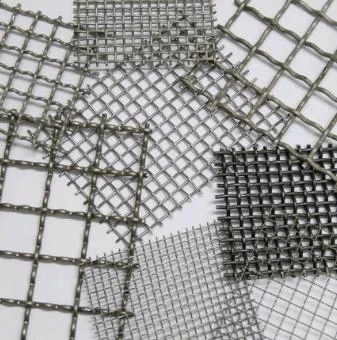 Wire mesh is durableWire mesh represents a cornerstone of modern industrial and agricultural solutions, offering unmatched versatility across countless applications.Read more >
Wire mesh is durableWire mesh represents a cornerstone of modern industrial and agricultural solutions, offering unmatched versatility across countless applications.Read more >Jul 11 2025
-
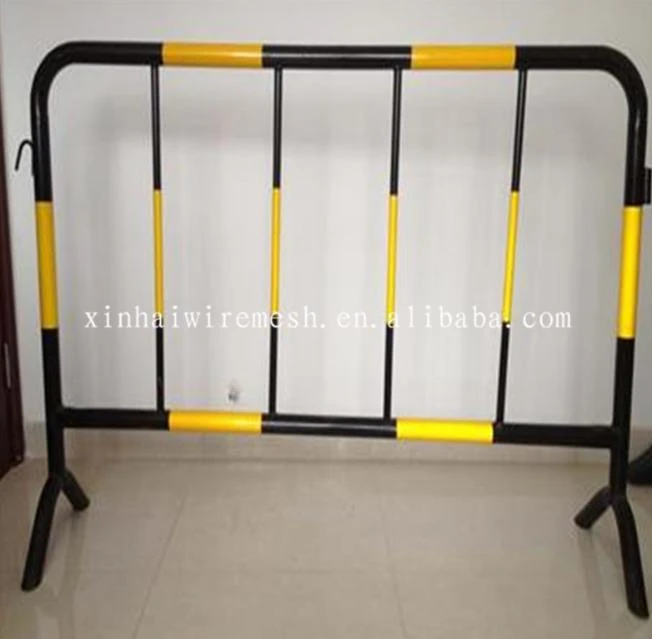 Safety barrier directs traffic flowIn high-risk environments, safety barrier systems stand as non-negotiable guardians against catastrophic incidents.Read more >
Safety barrier directs traffic flowIn high-risk environments, safety barrier systems stand as non-negotiable guardians against catastrophic incidents.Read more >Jul 11 2025
-
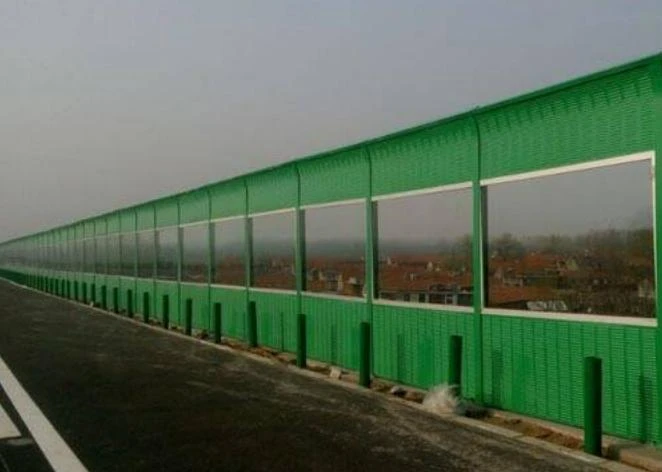 Modular Noise Barrier Eases InstallationUrbanization intensifies noise pollution, making noise barrier systems essential for preserving human health and tranquility.Read more >
Modular Noise Barrier Eases InstallationUrbanization intensifies noise pollution, making noise barrier systems essential for preserving human health and tranquility.Read more >Jul 11 2025
-
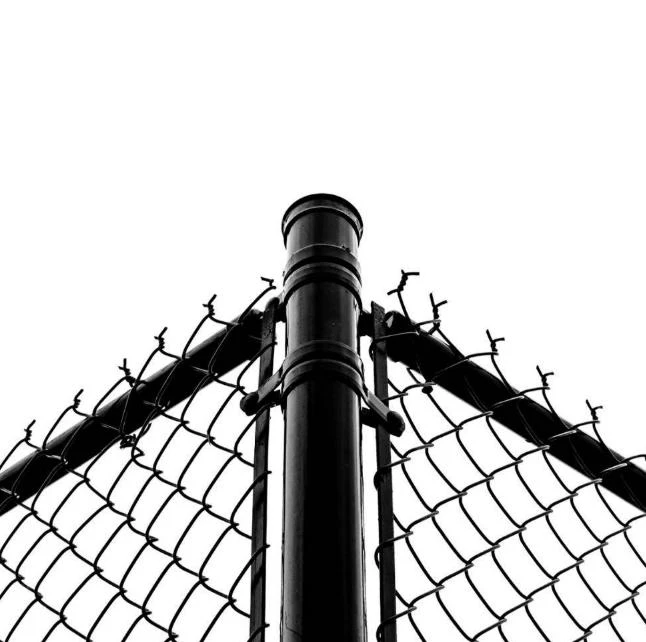 Metal fence types enhance securityMetal fence types form the backbone of modern perimeter security solutions worldwide.Read more >
Metal fence types enhance securityMetal fence types form the backbone of modern perimeter security solutions worldwide.Read more >Jul 11 2025
-
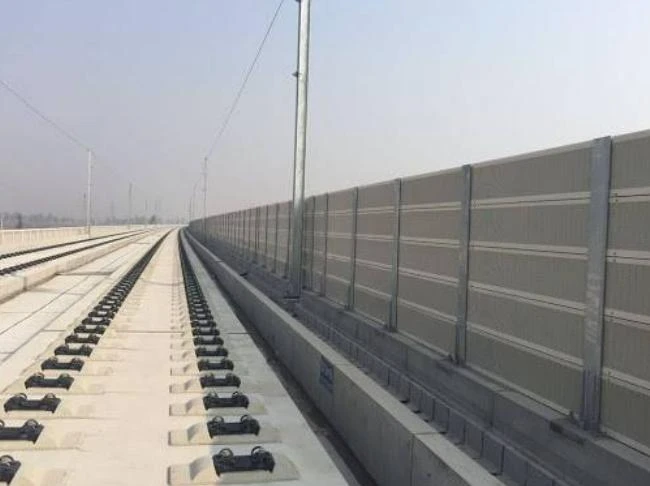 Crowd Control Barrier Manages Foot TrafficThe management of public gatherings demands precision, safety, and reliability, making crowd control barrier systems indispensable tools for organizers worldwide.Read more >
Crowd Control Barrier Manages Foot TrafficThe management of public gatherings demands precision, safety, and reliability, making crowd control barrier systems indispensable tools for organizers worldwide.Read more >Jul 11 2025
